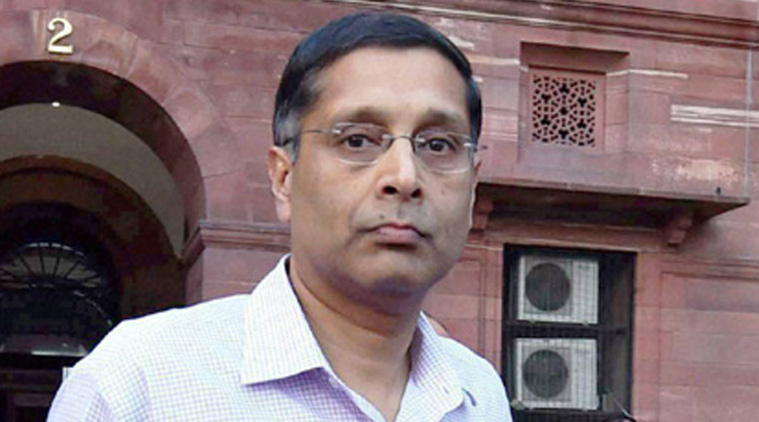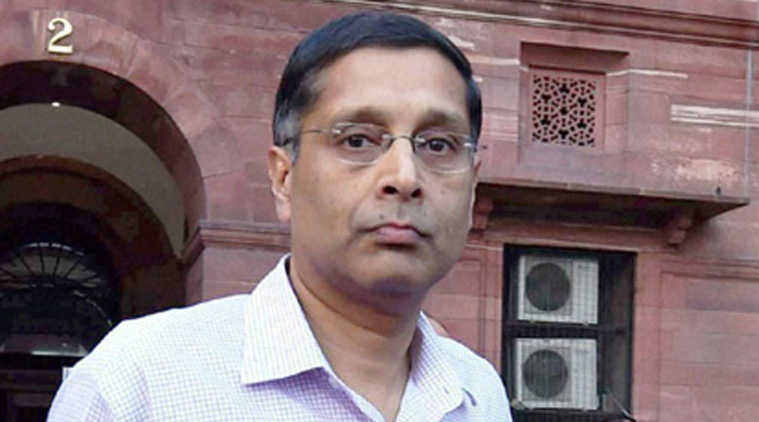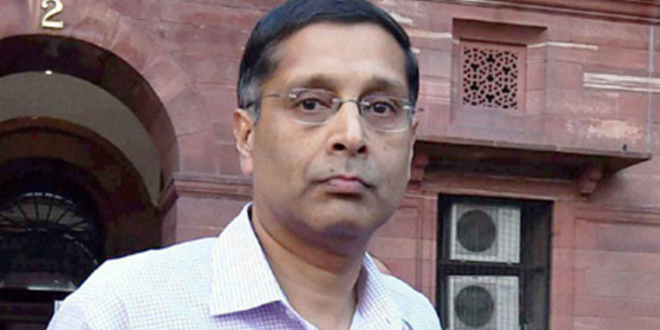
 Chief Economic Advisor Arvind Subramanian
Chief Economic Advisor Arvind Subramanian
The mid-year economic review presented by Chief Economic Advisor Arvind Subramanian puts up a brave front by concluding that “prima facie”, economic growth is showing “signs of steady recovery”, but the data shared in the review paints a sobering picture. As against a real (after discounting for inflation) GDP growth of 7.5 per cent in the first half of the last financial year (2014-15), growth clocked just 7.2 per cent in the first half of this fiscal. The review claims that the real GDP growth for the full financial year 2015-16 will be between 7 and 7.5 per cent. The outlook for the next financial year, 2016-17, is not any better. To put these numbers in perspective, consider this: One, the real GDP of the country in 2013-14 (the last year of the UPA government) was 6.9 per cent. Two, in the economic survey, presented barely nine months ago, the CEA had given a growth outlook of 8.1-8.5 per cent for the current fiscal. In other words, not only has India’s growth decelerated from what it was in the same period of the last financial year, it is close to what it was around the time the NDA government took over. But even these headline GDP growth numbers mask the real economic and, indeed, political challenge that the Narendra Modi government now faces.
The disaggregated data shared in the review gives what it calls “mixed, sometimes puzzling, signals” about the health of the economy. For instance, if one looks at the indicators of finance, a gauge of economic activity, one finds that consumer credit has picked up, yet “industrial credit has slowed dramatically”. Similarly, while tax buoyancy is up, the growth of capital good imports, a proxy for the level of investment, has “decelerated sharply”. Such oddities are likely to further fuel the suspicion many have had about the veracity of the new GDP data, even though the CEA has tried to explain the possible reason for the measurement uncertainty plaguing the new GDP series.
The Indian economy is doing well for a car with only two wheels running. Compared to the boom years of 2004-11, neither exports nor private investments are contributing much to economic growth. As such, the economy is essentially being run on the other two wheels — private consumption and government expenditure. The trouble is, without adequate investment coming in soon, the consumption story will falter. The answer is in reforms that unleash the supply potential, like the GST, simpler labour laws and easier land acquisition, and in public expenditure in infrastructure that crowds in private investment. In the absence of these, the government will soon be forced to compromise on its fiscal deficit targets.
![]()
Source: New feed






